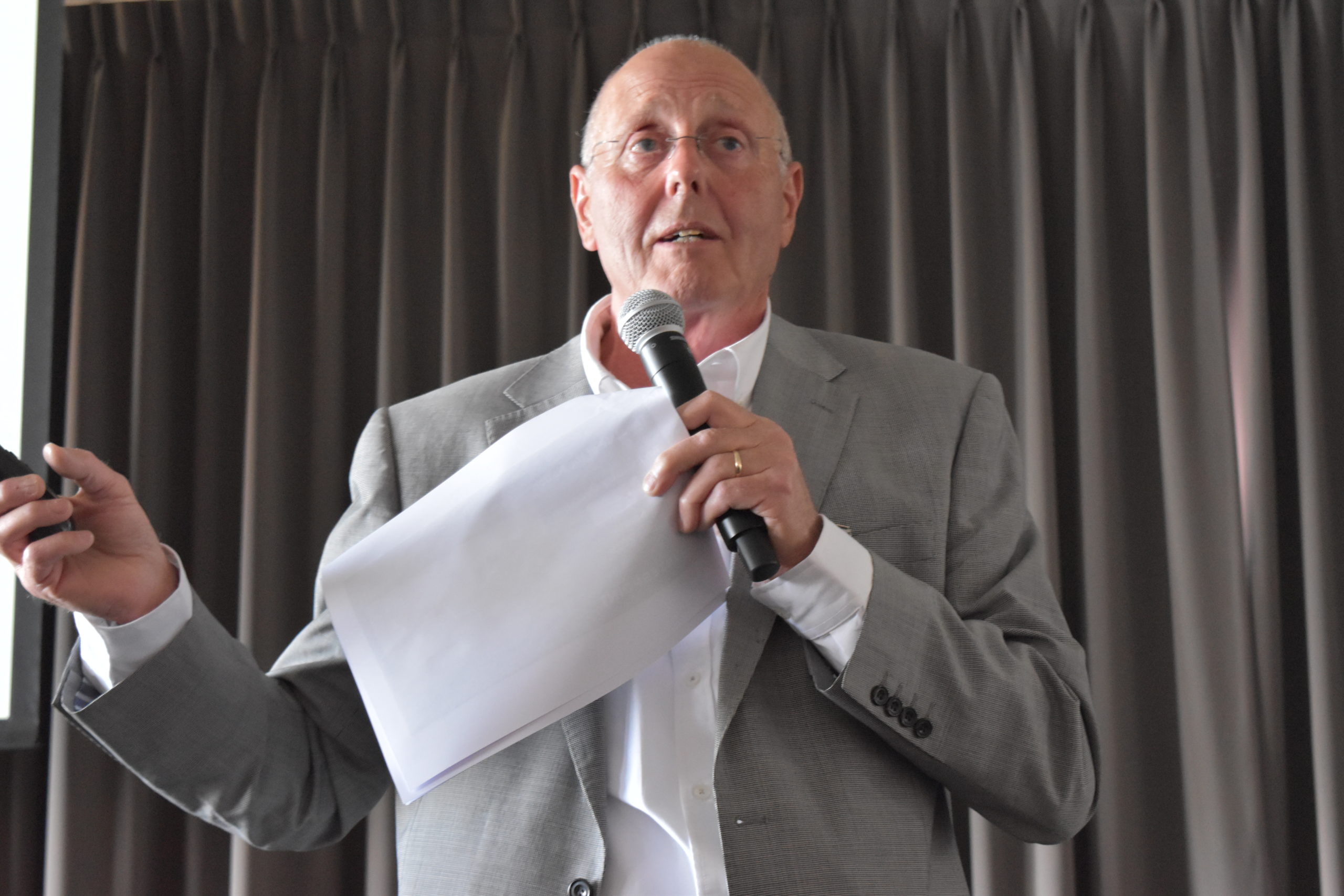Lie-Flat Seats Will Become Mainstream, Airline Industry Veteran Says
Share

According to airline industry veteran Ben Bettell, the future airline passenger experience will involve ubiquitous lie-flat seats, personal lighting that can be controlled by each passenger, aesthetically pleasing galleys and a focus on hygiene in the cabin.
More and more of the world’s population wants to travel and, by 2035, there will be twice as many aircraft in service as they are today, Counterpoint Market Intelligence’s project director, Airport Interiors, Ben Bettell, pointed out at RedCabin’s Aircraft Cabin Innovation Summit this week.
That’s good news for the interiors industry, Bettell remarked, noting that compound annual growth rates (CAGRs) for this sector are 5%, versus aerostructures at 2.8%.
Companies active in this market are diverse and growing – in 2018 there were 33 major companies in seating, 22 supplying lighting and more than a dozen companies supplying in-flight entertainment (IFE)/connectivity systems alone.
The business outlook for the industry will be shaped by Airbus and Boeing’s plans.
“The lack of all-new aircraft programs over the next 5 years, with the possible exception of Boeing’s NMA [new mid-range, or mid-market airplane], reduces opportunities,” Bettell said. But while “overall prospects for interiors suppliers for new business with aircraft manufacturers will be very restricted in the years to come,” Bettell underlines the significance of the cabin retrofit business and direct marketing to airlines.
“Now airlines are beginning to realize that if they make galleys more welcoming it can be another part of their branding or marketing image.”
Looking forward to the future of airline seats, Bettell noted that because airlines will be flying much longer routes in the next five to 10 years, there should be an opportunity to develop “new solutions to accommodate customer comfort.” He also believes single aisle lie-flat seats (SALF) will develop from a niche product to a mainstream item as aircraft routes become longer.
In the cabin, Bettell predicts controllable lighting (for personal space in the cabin) will continue to flourish, while airlines will put an emphasis on making the aircraft galleys more aesthetically pleasing.
“Airlines have spent all this money on creating beautiful interiors, yet when passengers enter the aircraft they pass galley areas with stickers and awful looking pieces of paper all over,” Bettell told APEX Media. “Now airlines are beginning to realize that if they make galleys more welcoming it can be another part of their branding or marketing image.”
Bettell also sees lavatory modules getting an upgrade and airlines incorporating aircraft hygiene and cleanliness into marketing and branding messages as well.


